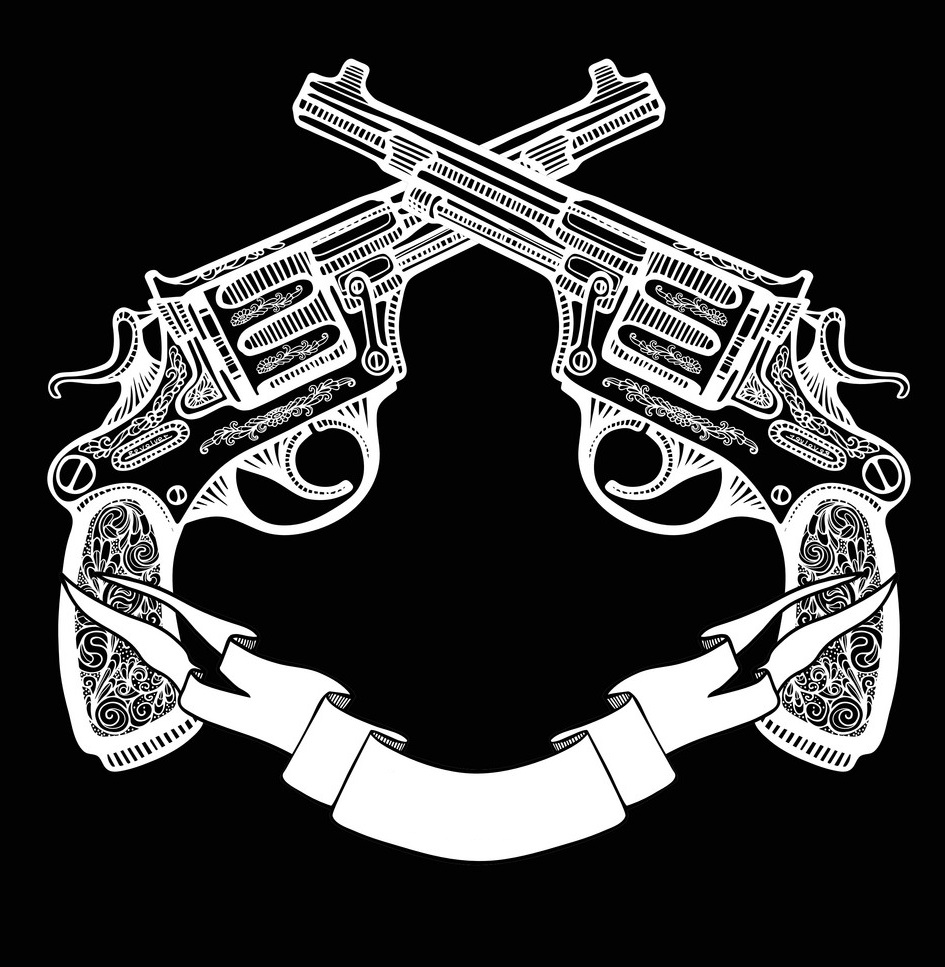In 1935 during the depth of the Great Depression, money was tight so Pease organized the collection of rounded rocks from nearby Chollas Creek. Over a period of two years, using off duty officers and prisoners from the City jail, Pease turned the rocks into an 80 foot long clubhouse. Lumber for the building came from several sources including the flume at the Otay Reservoir and the 1935 California-Pacific International Exposition in Balboa Park. The trusses used for the Clubhouse roof were salvaged from demolished buildings torn down when the exhibition closed. Lumber was also used in the construction of the firing line and a shade structure for the shooters. In addition to the firing line, they dug two trenches, each approximately nine feet deep and four feet wide. One trench was parallel to, and 25 yards from, the firing line. This was for the so-called “pits.” Personnel in the pits were protected from the shooting and could replace and raise/lower targets in safety. A hydraulically operated system was installed to allow the targets to be turned remotely. The turning system is still in place but no longer operates. On the right “arm” of the pits, an underground room was built. This room was used for making/repairing the target backers and replacing/repairing targets. The pits were lined with concrete and left open on top. The work room was lined with concrete and fitted with a door opening onto the pits. The second trench ran from the middle of the firing line to the pits. This trench was lined and roofed with concrete to provide a safe way to move between the pits and the firing line. Stairs led down from the firing line to the tunnel. This range was used for competitions as well as police training and civilian practice. It is still in use today. Other ranges were constructed, including a 50 yard pistol range to compliment the 25 yard range.
In April, 1936 the Revolver Club granted the property to the City of San Diego. The City was required to maintain a pistol revolver and twenty-two rifle range on the property “ …for the use and benefit of and under the jurisdiction and control of the San Diego Police Department…” If the conditions were breached, the property would revert to the Grantors.
Eventually the facility expanded to include a trap and skeet range to join the pistol ranges. Later, a cinder block building was built between the 25 and 50 yard ranges to serve as an office for range personnel and a secure armory. The small building that served as home to Rodney Pease and his family is now the office of the Revolver Club.
From humble beginnings, the Range buildings are now a registered historic landmark.
As the city grew, what had been mostly open land was slowly developed. The area around the Range sprouted houses, businesses and freeways. The large hill to the north that provided a natural impact area for shooting was no longer enough by itself. Bullet containment structures were built on each range to prevent rounds from escaping. Trap and skeet were phased out. There were many challenges over the years including development, complaints about noise, and environmental issues concerning the lead bullets used by shooters. Through the years the Revolver Club and the City of San Diego have met the challenges. The Range will continue in operation for the foreseeable future. Currently, the Range is used for training and qualifications by the SDPD. It is open to the public for pistol practice six days a week. It is also used to host a firearms safety class given through the Adult Education branch of the SD Community College.


By Sergeant Randy Eichmann
SDPD, RET
The Range. When you say those words to officers of the San Diego Police Department, you may get different reactions.
Some officers will picture the place the Department makes them go three times a year to shoot, whether they want to or not. Some will recall the parties at the Range clubhouse or the training classes held there. SWAT members may recall the zero dark thirty briefings in the clubhouse before they headed out to serve high risk warrants. The Range is all of these things and more, with some history thrown in.
The story of the San Diego Police Department Range as we know it today goes back to Rodney Pease. In 1931, Pease was hired as a firearms instructor for the SDPD. At that time, the area used by the police for firearms training was a five acre piece of land on the outskirts of the city, first leased by the city in 1929. Pease moved his wife and three daughters into a tiny cobblestone building on the property and began planning.
The H. G. Fenton Material Company deeded the property to the San Diego Police Revolver Club for one dollar in April, 1934. At the time, Rodney Pease was Secretary of the Revolver Club.
In honor of those who once served as SDPD Range Master: